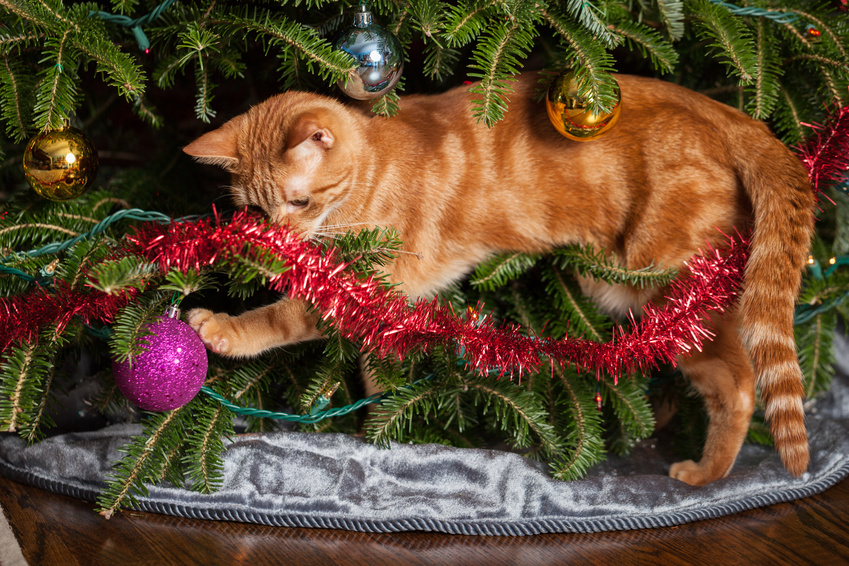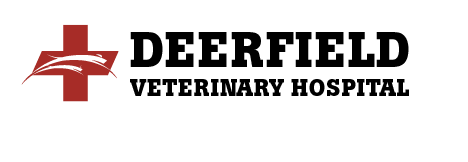How To Protect Your Pets From Holiday Hazards
The holidays are often a time of coming together with friends and family to celebrate. Keeping your pets safe during the holiday season can be challenging with extra busy schedules and changing routines. The holidays usually increase the accessibility to “Human” food and drinks that may be hazardous to your pets.
Did you know that in addition to food dangers Christmas trees, lights, ornaments, wrapping paper, and other decorations all can also be hazardous to your dogs and cats? Not to worry, though. Below are some often overlooked simple techniques to better pet proof your home for the holidays. Awareness of these potential hazards will make it easier to prevent them as you go.
How to protect your pets from their new “Christmas Tree” toy.
If your dog or cat is fascinated with your Christmas tree and won’t leave it alone, you might consider placing it in a corner where they will have less access to it. If that isn’t an option or they still won’t leave it alone, you may want to place a small wind chime or a similar noise maker on the bottom of your tree so there will be an audible alarm when your pet goes for the tree. This will at least allow you to react quickly and better monitor their behavior so you can redirect them or just make sure they don’t damage the tree or hurt themselves. Another idea is to place a pet playpen fence around your tree to block them from getting to the tree. This might be a good solution while you aren’t celebrating Christmas directly or are away from home with your pets home alone.
Consider not putting lights near the bottom of the tree within your pet’s reach. Dogs and cats have been known to chew Christmas lights and electrical cords.
Pets occasionally eat tinsel which can cause intestinal blockages. These situations usually require surgery to resolve.
Live Christmas trees present a different hazard than artificial trees in that they require water. This standing water in the tree stand can be toxic as it often mixes with harmful sap or contains poisonous fertilizers. To reduce this risk, cover the water reservoir. You can make a shroud out of aluminum foil and cover the reservoir like you would cover a bowl, taking care to work the foil tightly around the base of the tree.
Cats and dogs sometimes view decorative ornaments as toys to be played with and chewed on. As you can imagine, this leads to choking, intestinal blockages, injured paws, and mouths. Hang more pet-friendly ornaments on the bottom of the tree and put the more dangerous ones high up on the tree if possible.

Poinsettia, holly, and mistletoe plants are considered poisonous to cats and dogs. Putting these plants up high out of your pets reach is suggested.
Remember dogs and cats have an amazing sense of smell. When you hang food decorations on your tree such as gingerbread ornaments or popcorn on a string, they will smell it and be attracted to it.
Has your dog or cat ever knocked something off a table with their tail or nose? Lit candles can easily cause a fire when knocked over so it’s a good idea to place them on high shelves out of reach of your pets.
Lastly, when wrapping gifts, keep in mind that dogs and some cats find the wrapping paper, bows, tape, and other wrapping decorations fun to chew on. As with the other Christmas decorations mentioned above, ingesting any of these items can lead to vomiting and/or intestinal blockages
With these tips and techniques in mind, you can make this the best holiday season ever for your entire family!
For more information on foods to protect your pets from this holiday season, check out our previous blog article on holiday safety tips for pet owners.
All of us at Deerfield Vet want to wish you a very Merry Christmas and a Happy New Year! Thank you for making this another great year by allowing us the privilege of caring for your pets.


